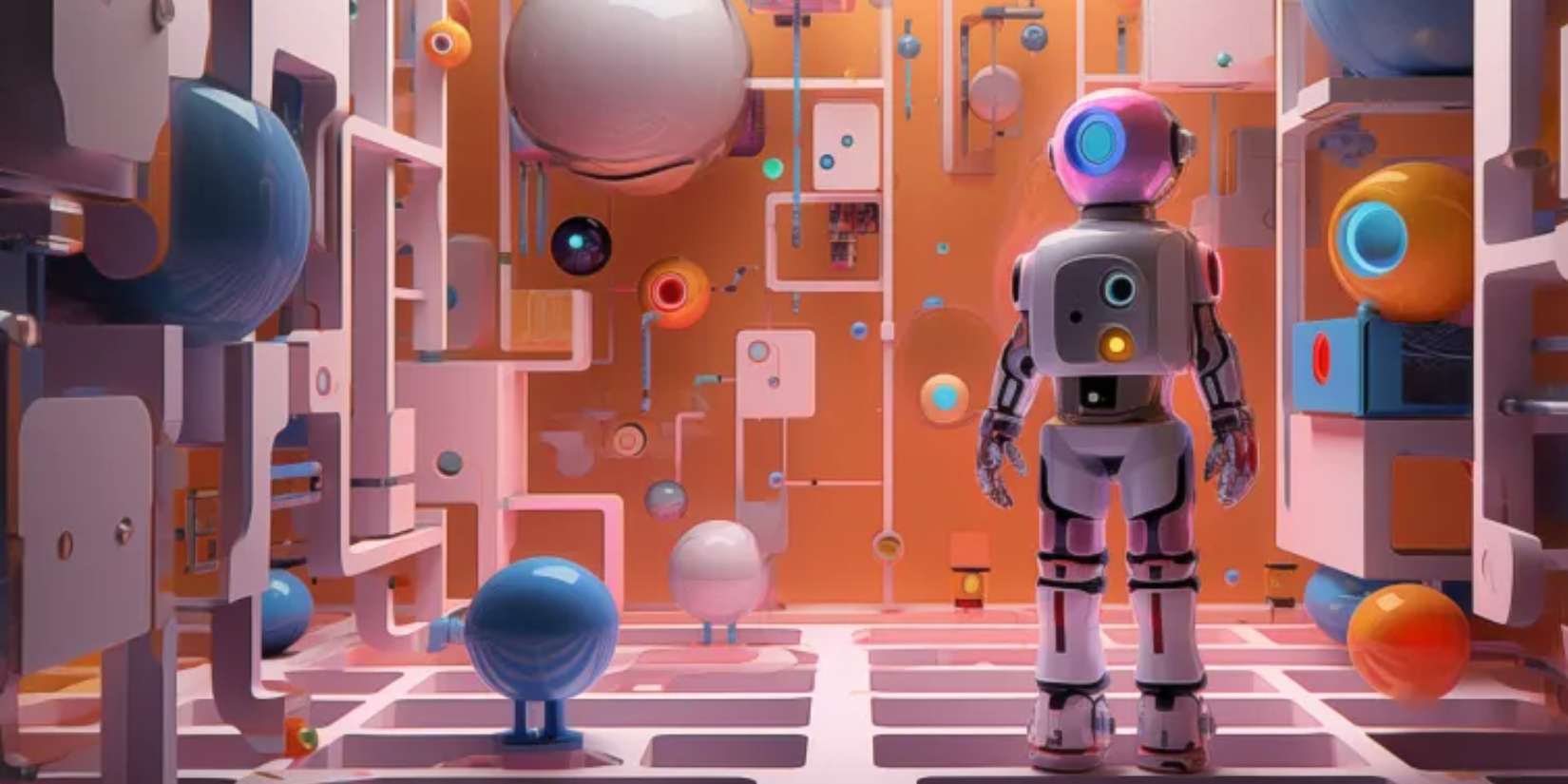In the world of artificial intelligence (AI), we are experiencing a rapid development that is fundamentally changing the way we deal with technology. One of the most exciting developments is spatial AI assistants, which have the potential to surpass traditional 2D chatbots. But will they replace them?
What are spatial AI assistants?
Spatial AI assistants are advanced AI systems that can be controlled not only by text or voice, but also by spatial interactions and gestures. They use technologies such as augmented reality (AR) and virtual reality (VR) to offer a three-dimensional interaction experience. This enables more natural and intuitive communication between man and machine.
Comparison with 2D chatbots
Traditional 2D chatbots mainly interact via text input or simple voice commands. They are integrated into websites, apps or as part of customer service systems. In comparison, spatial AI assistants offer a more immersive experience that allows users to interact with their environment. They can recognize and react to gestures, facial expressions and even the user’s emotional state.
Advantages of spatial AI assistants
- Natural interaction: The integration of gestures and facial expressions makes communication more human.
- Advanced functions: You can perform complex tasks that go beyond simple question-and-answer scenarios.
- Immersive experiences: Their interactivity is particularly impressive in education and training.
Challenges and risks
- Technological complexity: The development and maintenance of such systems requires advanced technical skills and resources.
- Data protection concerns: The recording and processing of gestures and facial expressions raises questions about data protection.
- Accessibility: Not every user has access to the necessary devices such as AR glasses or VR headsets.
Real-world examples
- In medicine, spatial AI assistants are used for remote care and diagnosis by allowing doctors to interact with 3D models using gestures.
- In retail, they create personalized shopping experiences by guiding customers through virtual stores.
User example
Julia, a teacher, uses a spatial AI assistant to teach her students complex scientific concepts. The 3D visualization and interaction make the learning process more tangible and interesting for the students.
Conclusion
While spatial AI assistants offer advantages in many areas, it is unlikely that they will completely replace 2D chatbots in the near future. Both technologies have their own strengths and areas of application. A coexistence in which each technology is used according to its advantages seems to be the most likely way forward.
